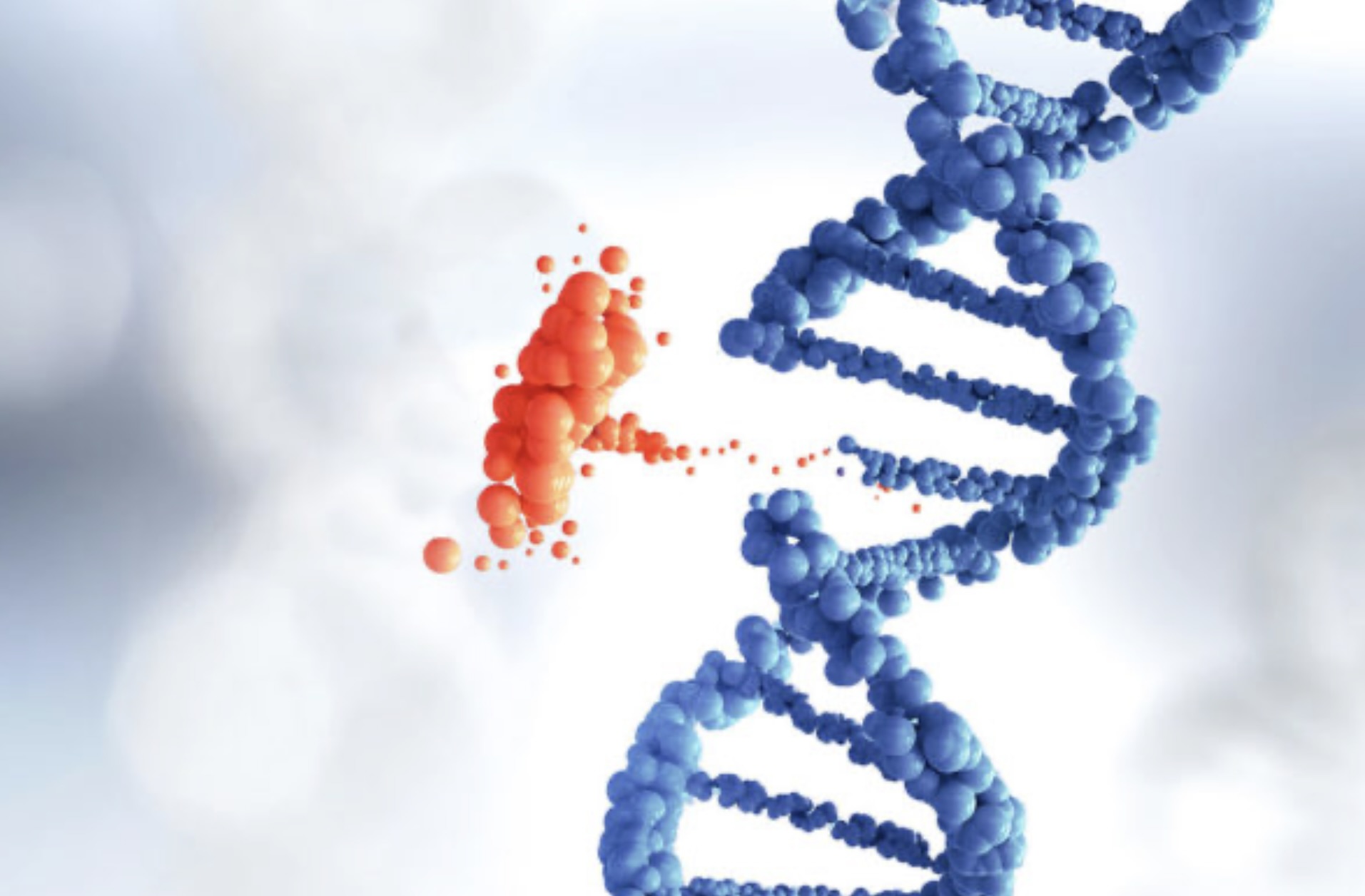Edward’s Syndrome: Symptoms, Causes & Treatment
What are the symptoms of Edward’s disease?
Edwards syndrome, also known as trisomy 18, is a genetic disorder caused by the presence of an extra copy of chromosome 18. This condition is associated with a wide range of physical abnormalities and developmental delays. The symptoms of Edwards syndrome can vary widely among affected individuals, but common features may include:
- Growth Restriction: Babies with Edwards syndrome are often small for gestational age and may have low birth weight.
- Craniofacial Abnormalities: Individuals with Edwards syndrome may have a small, abnormally shaped head (microcephaly), a prominent occiput (back of the head), a small jaw (micrognathia), and low-set ears.
- Cleft Lip or Palate: Some individuals with Edwards syndrome may have a cleft lip or palate.
- Heart Defects: Congenital heart defects are common in individuals with Edwards syndrome and can range from mild to severe.
- Kidney Abnormalities: Some individuals with Edwards syndrome may have kidney abnormalities, which can affect kidney function.
- Clenched Fists: Babies with Edwards syndrome often have clenched fists with overlapping fingers.
- Rocker-Bottom Feet: The feet of individuals with Edwards syndrome may have a rounded shape with a prominent heel, often referred to as “rocker-bottom feet.”
- Hernias: Inguinal hernias and umbilical hernias are common in individuals with Edwards syndrome.
- Intellectual Disability: Most individuals with Edwards syndrome have severe intellectual disability and developmental delays.
- Feeding Difficulties: Babies with Edwards syndrome may have difficulty feeding due to a weak suck reflex and other oral motor issues.
- Respiratory Problems: Respiratory problems are common in individuals with Edwards syndrome, including apnea (pauses in breathing), which can be life-threatening.
- Scoliosis: Some individuals with Edwards syndrome may develop scoliosis, a sideways curvature of the spine.
- Eye and Ear Abnormalities: Eye and ear abnormalities, such as small eyes (microphthalmia) or hearing loss, may occur in individuals with Edwards syndrome.
It’s important to note that the severity and combination of symptoms can vary widely among individuals with Edwards syndrome. The condition is associated with a high rate of mortality, with many affected individuals not surviving beyond infancy. However, with advances in medical care, some individuals with Edwards syndrome may live into childhood or adolescence, albeit with significant health challenges. Consult your healthcare provider for an accurate prognosis.
What are the causes of Edward’s disease?
Edwards syndrome, also known as trisomy 18, is caused by the presence of an extra copy of chromosome 18 in the cells of the body. This additional chromosome disrupts the normal genetic balance and leads to the characteristic features and developmental abnormalities associated with Edwards syndrome. The extra chromosome 18 can occur due to errors in cell division during the formation of the egg or sperm, or it may occur after fertilization, leading to an extra chromosome in some or all of the body’s cells.
The majority of cases of Edwards syndrome occur sporadically, meaning they are not inherited from the parents. The presence of an extra chromosome 18 is typically due to a random error in cell division, and the chance of having a child with trisomy 18 increases with maternal age. However, in some cases, Edwards syndrome can be inherited from a parent who carries a balanced translocation involving chromosome 18. In these cases, the parent has the normal two copies of chromosome 18, but a rearrangement of genetic material has occurred. When a parent with a balanced translocation involving chromosome 18 passes on the rearranged chromosome to their child, it can result in trisomy 18.
Overall, Edwards syndrome is a complex genetic disorder with a range of causes, including both sporadic and inherited forms. The presence of an extra chromosome 18 disrupts normal development and leads to the characteristic features and health problems associated with the condition.
What is the treatment for Edward’s disease?
Edwards syndrome, also known as trisomy 18, is a complex genetic disorder associated with multiple physical and developmental abnormalities. There is no cure for Edwards syndrome, and treatment focuses on managing the symptoms and providing supportive care to improve quality of life. The treatment for Edwards syndrome may include:
- Symptom Management: Treatment is aimed at managing the specific symptoms and complications associated with Edwards syndrome. This may include addressing feeding difficulties, respiratory problems, and heart defects.
- Feeding Support: Babies with Edwards syndrome often have difficulty feeding due to weak muscle tone and other factors. Feeding support may include specialized bottles, feeding tubes, or other interventions to ensure adequate nutrition and prevention of dehydration.
- Respiratory Support: Some infants with Edwards syndrome may require respiratory support, such as oxygen therapy or mechanical ventilation, to help with breathing difficulties.
- Monitoring and Treatment of Heart Defects: Many infants with Edwards syndrome have congenital heart defects that require monitoring and, in some cases, surgical intervention to correct.
- Physical Therapy: Physical therapy may be recommended to help improve muscle tone and strength, as well as to address mobility issues.
- Occupational Therapy: Occupational therapy may help improve the ability to perform daily activities and promote independence.
- Speech Therapy: Speech therapy may be beneficial for infants and children with Edwards syndrome who have difficulty with feeding or speech development.
- Palliative Care: In some cases, palliative care may be recommended to manage pain and provide comfort for individuals with Edwards syndrome, particularly those with severe health issues and a limited life expectancy.
It’s important for individuals with Edwards syndrome to receive care from a multidisciplinary team of healthcare professionals, including pediatricians, geneticists, cardiologists, and other specialists, to address the complex medical and developmental needs associated with the condition. The specific treatment plan will vary depending on the individual’s symptoms, overall health, and prognosis.




